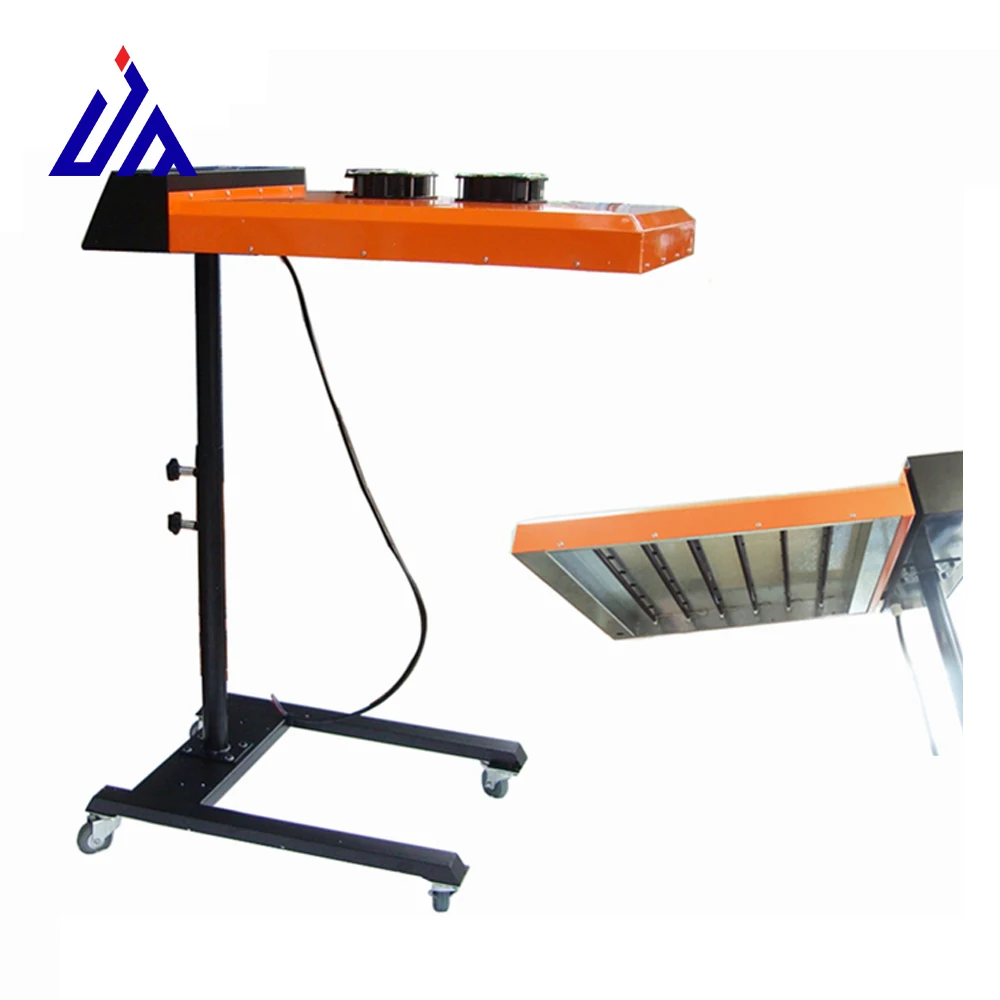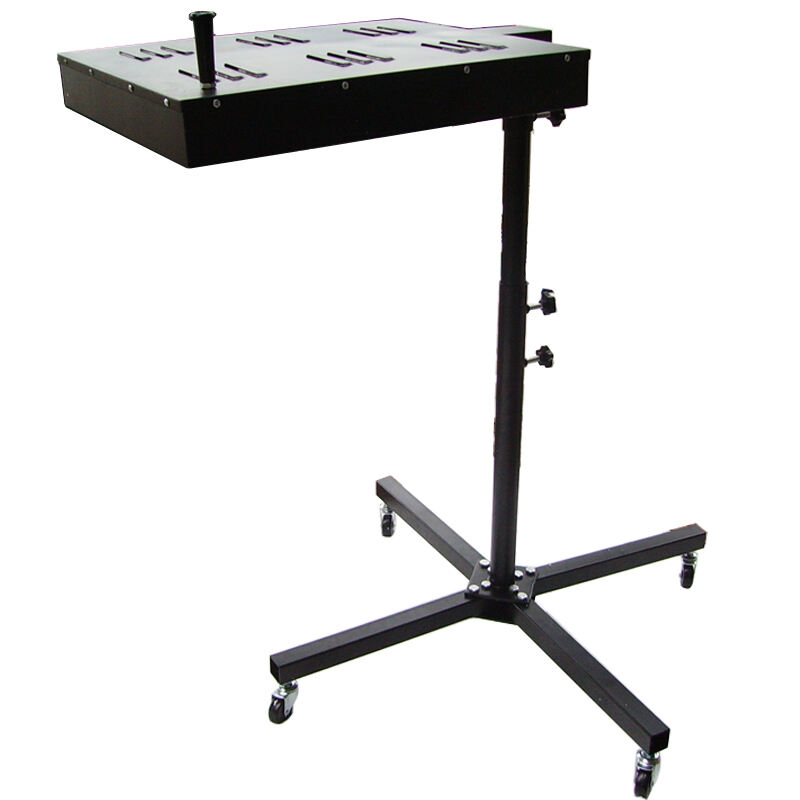Temperature control represents the most critical factor in achieving optimal performance from industrial drying equipment. Manufacturing facilities across various industries rely on precise thermal management to maintain product quality, reduce energy consumption, and maximize operational efficiency. Understanding the intricate relationship between temperature settings and drying outcomes enables operators to optimize their processes while minimizing costly mistakes and equipment damage.

Understanding Flash Dryer Temperature Fundamentals
Basic Operating Principles
Industrial flash drying systems operate on the principle of rapid moisture removal through controlled heat application. These sophisticated machines utilize hot air circulation to create optimal drying conditions for various materials including powders, granules, and particulate substances. The effectiveness of the drying process depends heavily on maintaining precise temperature ranges that facilitate efficient moisture transfer without compromising material integrity.
Temperature distribution within the drying chamber must remain uniform to prevent hot spots or cold zones that could result in uneven drying. Advanced systems incorporate multiple temperature sensors and feedback mechanisms to ensure consistent thermal conditions throughout the entire drying cycle. This level of control becomes particularly important when processing heat-sensitive materials that require specific temperature thresholds.
Heat Transfer Mechanisms
The thermal efficiency of a flash dryer depends on three primary heat transfer mechanisms: conduction, convection, and radiation. Convective heat transfer typically dominates the drying process, as heated air moves across the material surface to facilitate moisture evaporation. Understanding these mechanisms helps operators select appropriate temperature settings based on material characteristics and desired drying outcomes.
Material thermal conductivity plays a significant role in determining optimal temperature ranges. Dense materials with low thermal conductivity require longer exposure times at moderate temperatures, while highly conductive materials can handle higher temperatures for shorter durations. This relationship directly influences the selection of appropriate temperature profiles for different applications.
Material-Specific Temperature Requirements
Pharmaceutical Applications
Pharmaceutical manufacturing demands extremely precise temperature control to maintain drug stability and efficacy. Active pharmaceutical ingredients often have narrow temperature windows where effective drying occurs without degradation. Typical temperature ranges for pharmaceutical applications fall between 40°C and 80°C, depending on the specific compound being processed.
Heat-sensitive pharmaceutical compounds require specialized temperature ramping protocols that gradually increase thermal exposure while monitoring material properties. This approach prevents thermal shock and maintains molecular integrity throughout the drying process. Documentation of temperature profiles becomes essential for regulatory compliance and quality assurance purposes.
Food Processing Applications
Food industry applications present unique challenges related to nutritional preservation and safety requirements. Temperature settings must balance effective moisture removal with retention of vitamins, minerals, and flavor compounds. Most food processing applications operate within temperature ranges of 60°C to 120°C, with specific adjustments based on product sensitivity.
Protein-based materials require particularly careful temperature management to prevent denaturation and maintain functional properties. Carbohydrate-rich materials can tolerate slightly higher temperatures but may experience caramelization or browning reactions if exposed to excessive heat. These considerations directly influence the selection of appropriate temperature profiles for different food products.
Optimizing Temperature Settings for Maximum Efficiency
Energy Consumption Considerations
Energy efficiency directly correlates with proper temperature selection and control strategies. Operating at unnecessarily high temperatures wastes energy and may compromise product quality, while insufficient temperatures result in incomplete drying and extended processing times. The optimal temperature setting achieves complete moisture removal with minimal energy expenditure.
Heat recovery systems can significantly improve overall energy efficiency by capturing waste heat from exhaust gases and preheating incoming air. These systems work most effectively when operating temperatures remain within designed parameters, emphasizing the importance of proper temperature selection and maintenance.
Process Monitoring and Control
Modern flash dryer systems incorporate advanced monitoring technologies that continuously track temperature variations throughout the drying process. Real-time data collection enables operators to identify trends, detect anomalies, and make proactive adjustments to maintain optimal conditions. These monitoring systems often include automated feedback loops that adjust heating elements based on predetermined parameters.
Temperature logging and data analysis provide valuable insights for process optimization and troubleshooting. Historical data reveals patterns that help operators fine-tune temperature settings for specific materials and operating conditions. This information becomes particularly valuable for batch-to-batch consistency and quality control purposes.
Common Temperature-Related Issues and Solutions
Overheating Problems
Excessive temperatures can cause material degradation, discoloration, and loss of functional properties. Common signs of overheating include unusual odors, color changes, and altered material characteristics after drying. Preventing overheating requires careful calibration of temperature sensors and regular maintenance of heating elements to ensure accurate temperature control.
Thermal runaway conditions can occur when temperature control systems malfunction or when materials with high thermal sensitivity are exposed to inappropriate heat levels. Implementing redundant safety systems and emergency shutdown protocols helps prevent equipment damage and product loss during temperature excursions.
Insufficient Drying Temperatures
Inadequate temperatures result in incomplete moisture removal, leading to product quality issues and potential microbial growth in sensitive materials. Symptoms include extended drying times, poor material flow characteristics, and elevated final moisture content. Addressing these issues typically requires systematic evaluation of heating system capacity and temperature distribution patterns.
Cold spots within the drying chamber can create localized areas of insufficient drying even when overall temperature readings appear acceptable. Regular temperature mapping and thermal imaging assessments help identify these problematic areas and guide corrective actions such as airflow modifications or heating element repositioning.
Safety Protocols and Best Practices
Temperature Monitoring Systems
Comprehensive temperature monitoring systems form the backbone of safe flash dryer operation. Multiple temperature sensors positioned throughout the drying chamber provide redundant measurement capabilities and early warning of potential problems. Regular calibration of these sensors ensures accuracy and reliability of temperature readings.
Alarm systems integrated with temperature monitoring equipment alert operators to dangerous conditions before they result in equipment damage or safety hazards. These systems typically include both audible and visual warnings, with automatic equipment shutdown capabilities for critical temperature excursions.
Maintenance and Calibration Requirements
Regular maintenance schedules should include thorough inspection and calibration of all temperature-related components. Heating elements, temperature sensors, and control systems require periodic testing to ensure proper function and accuracy. Documentation of maintenance activities provides valuable records for troubleshooting and regulatory compliance purposes.
Preventive maintenance programs help identify potential temperature control issues before they impact production operations. Regular cleaning of heat exchangers, inspection of insulation systems, and verification of control system programming contribute to consistent temperature performance and extended equipment life.
FAQ
What is the ideal temperature range for most flash drying applications
Most industrial flash drying applications operate effectively within temperature ranges of 80°C to 200°C, though specific requirements vary significantly based on material properties and desired outcomes. Heat-sensitive materials may require temperatures as low as 40°C, while robust materials can tolerate temperatures exceeding 300°C. The key is matching temperature settings to material characteristics and process requirements rather than using arbitrary temperature ranges.
How quickly should temperature changes be implemented during operation
Temperature changes should be implemented gradually to prevent thermal shock and maintain system stability. Typical ramping rates range from 2°C to 10°C per minute, depending on system capacity and material sensitivity. Rapid temperature changes can cause uneven heating, material degradation, and mechanical stress on equipment components. Controlled ramping ensures uniform heating and protects both the product and equipment from thermal damage.
What safety measures should be in place for high-temperature operations
High-temperature flash dryer operations require multiple safety systems including redundant temperature monitoring, automatic shutdown capabilities, and emergency cooling procedures. Personnel should receive proper training on thermal hazards and emergency procedures. Fire suppression systems, proper ventilation, and personal protective equipment form essential components of a comprehensive safety program for high-temperature drying operations.
How often should temperature sensors be calibrated in flash dryer systems
Temperature sensors in flash dryer systems should be calibrated at least quarterly, with more frequent calibration recommended for critical applications or harsh operating environments. High-precision applications may require monthly calibration, while less critical operations might extend calibration intervals to six months. Regular calibration ensures measurement accuracy and helps identify sensor drift or failure before it impacts product quality or process efficiency.

